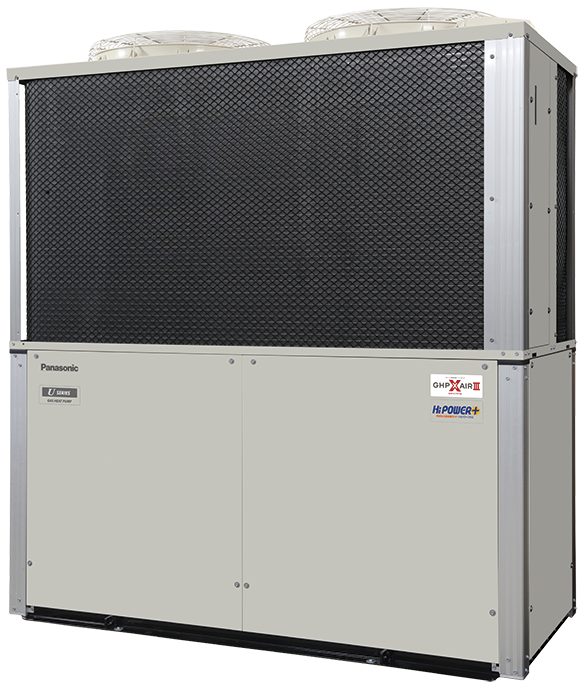Air conditioning systems, kitchen appliances
Micro-cogeneration Waste-heat-input type Natural Chiller
Overview
The use of exhaust heat with the absorption chiller-heater “Genelink,” which was previously managed with 100 kW to 300 kW class CGS, can now be handled with multiple 25 kW units of the micro-cogeneration system “Genelight.”
In the past, the exhaust heat from micro-cogeneration systems was primarily limited to water heating applications due to the low temperature of the recovered hot water (65°C to 75°C). Therefore, there has been a demand to expand its applications. To address this, we have increased the power generation efficiency of the 25 kW Genelight to 33.5% and raised the temperature of the recovered hot water to 85°C. This has allowed us, for the first time, to successfully utilize exhaust heat from a micro-cogeneration system for cooling purposes.
*What is “Genelink”?
“Genelink” is a system that reduces the amount of fuel gas consumed by the high-temperature generator in traditional gas absorption chiller-heaters. It achieves this by installing a waste heat recovery heat exchanger between the absorber and the regenerator in the absorption liquid line, and heating the absorption liquid using waste heat (hot water) from the gas engine.
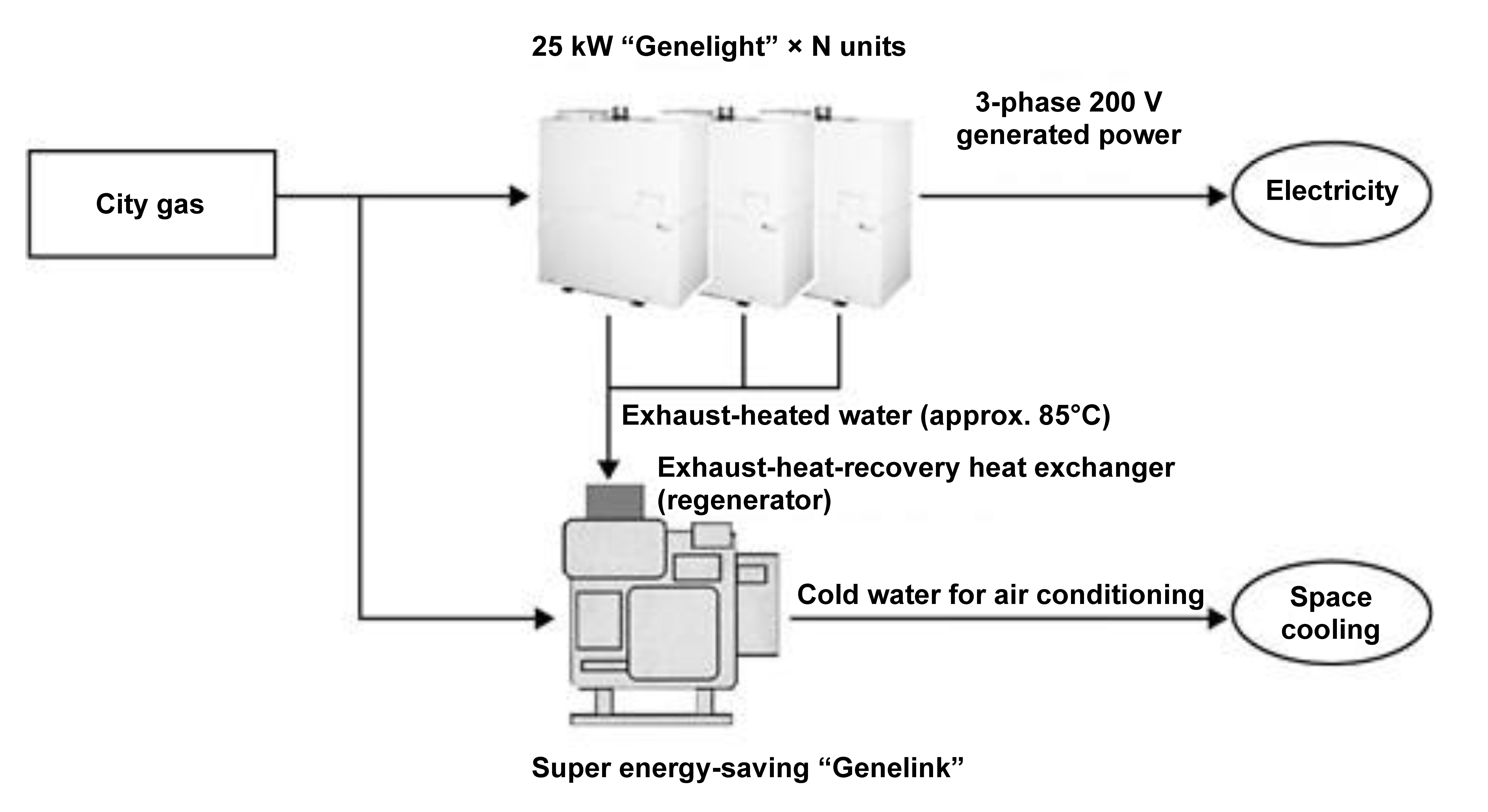
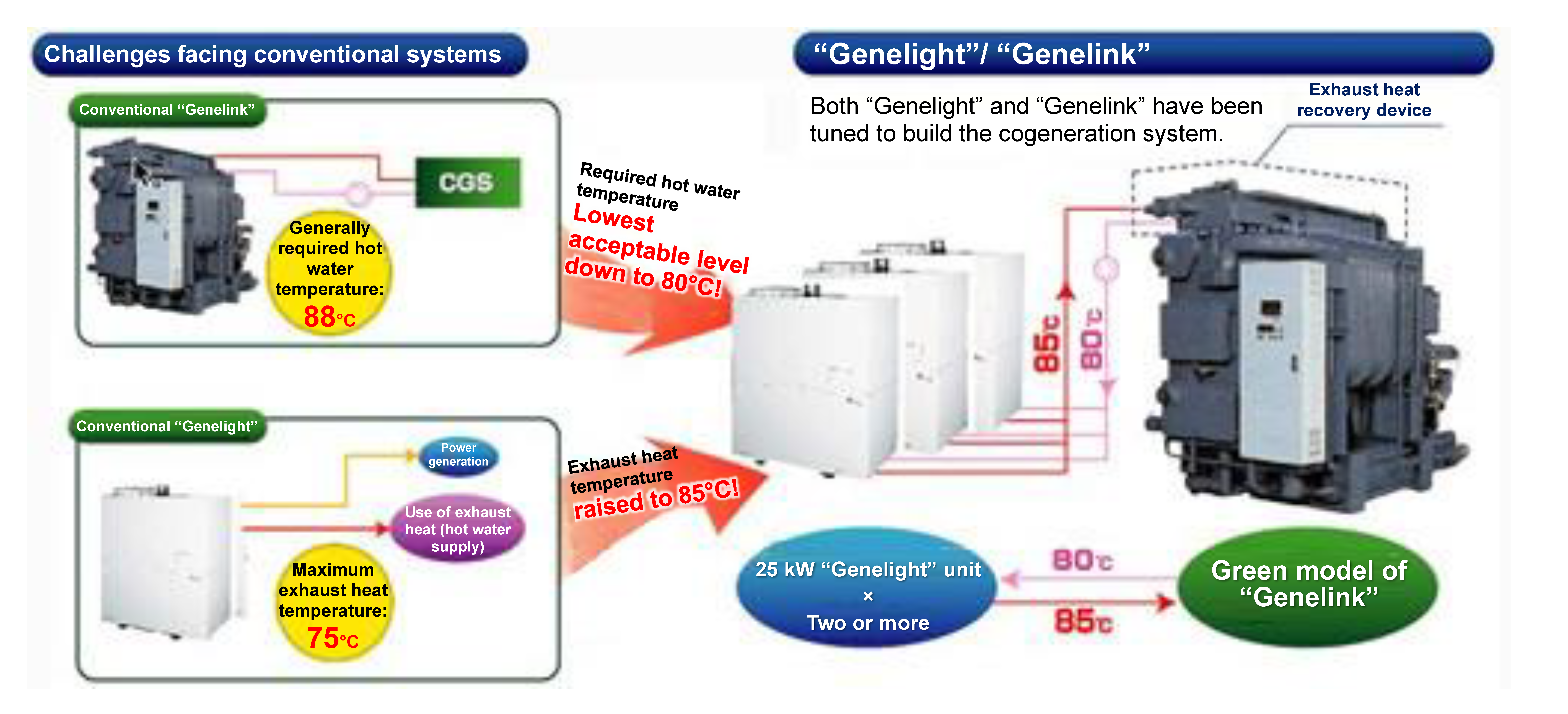
Features
1.Wide Variety
It is possible to select the number of 25 kW “Genelight” units according to the lineup of “Genelink,” ranging from 80RT to 800RT.
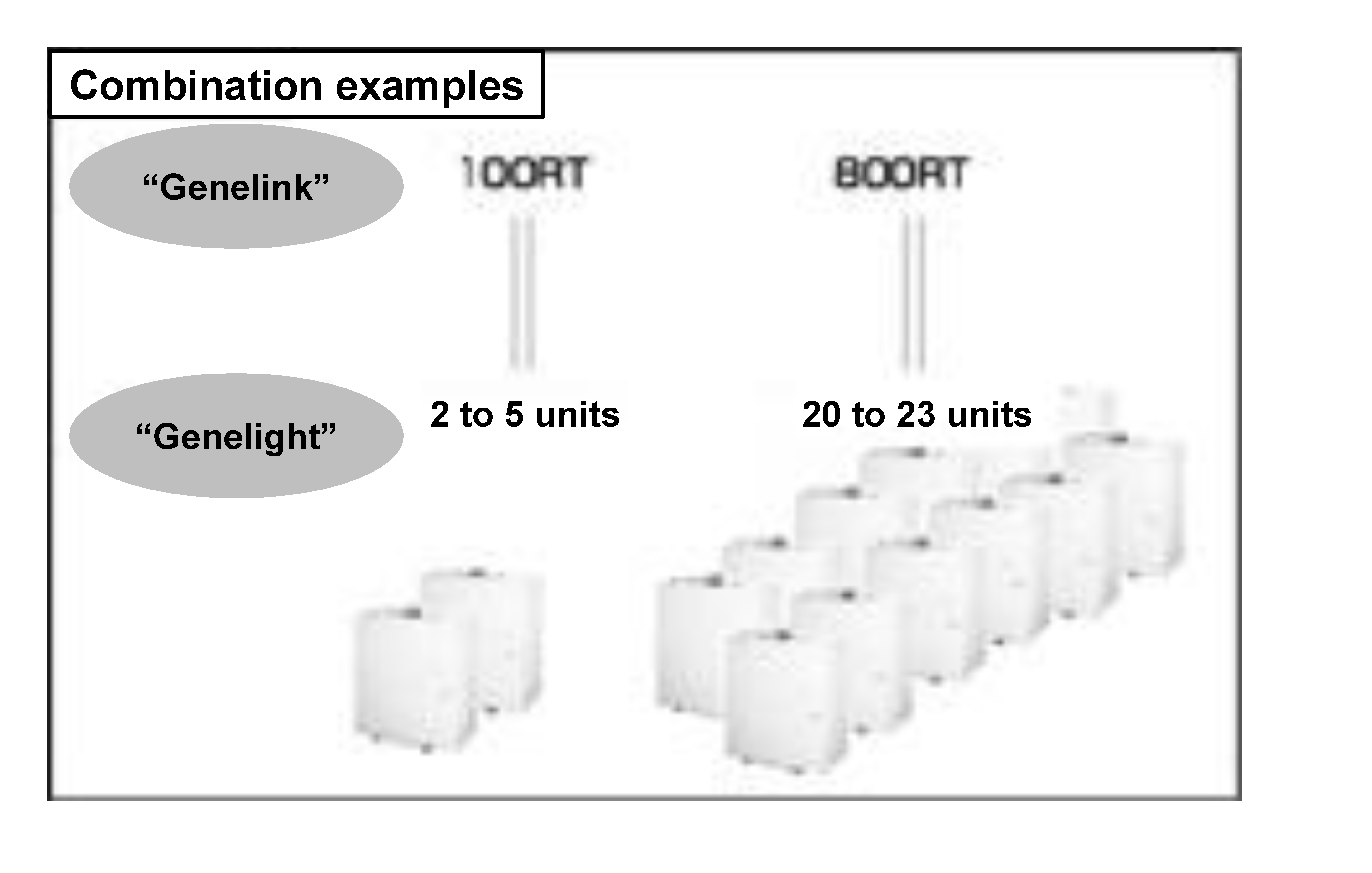
2.Energy Saving
Since the exhaust heat from “Genelight” can also be effectively utilized for cooling, significant energy savings in air conditioning can be achieved.
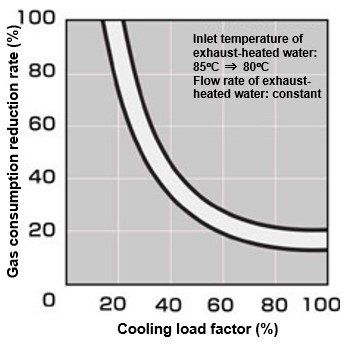
3.High Economic Efficiency
High economic efficiency is achieved through the high efficiency of the absorption system, the high power generation efficiency of the 25 kW “Genelight,” low maintenance costs, and low initial costs.
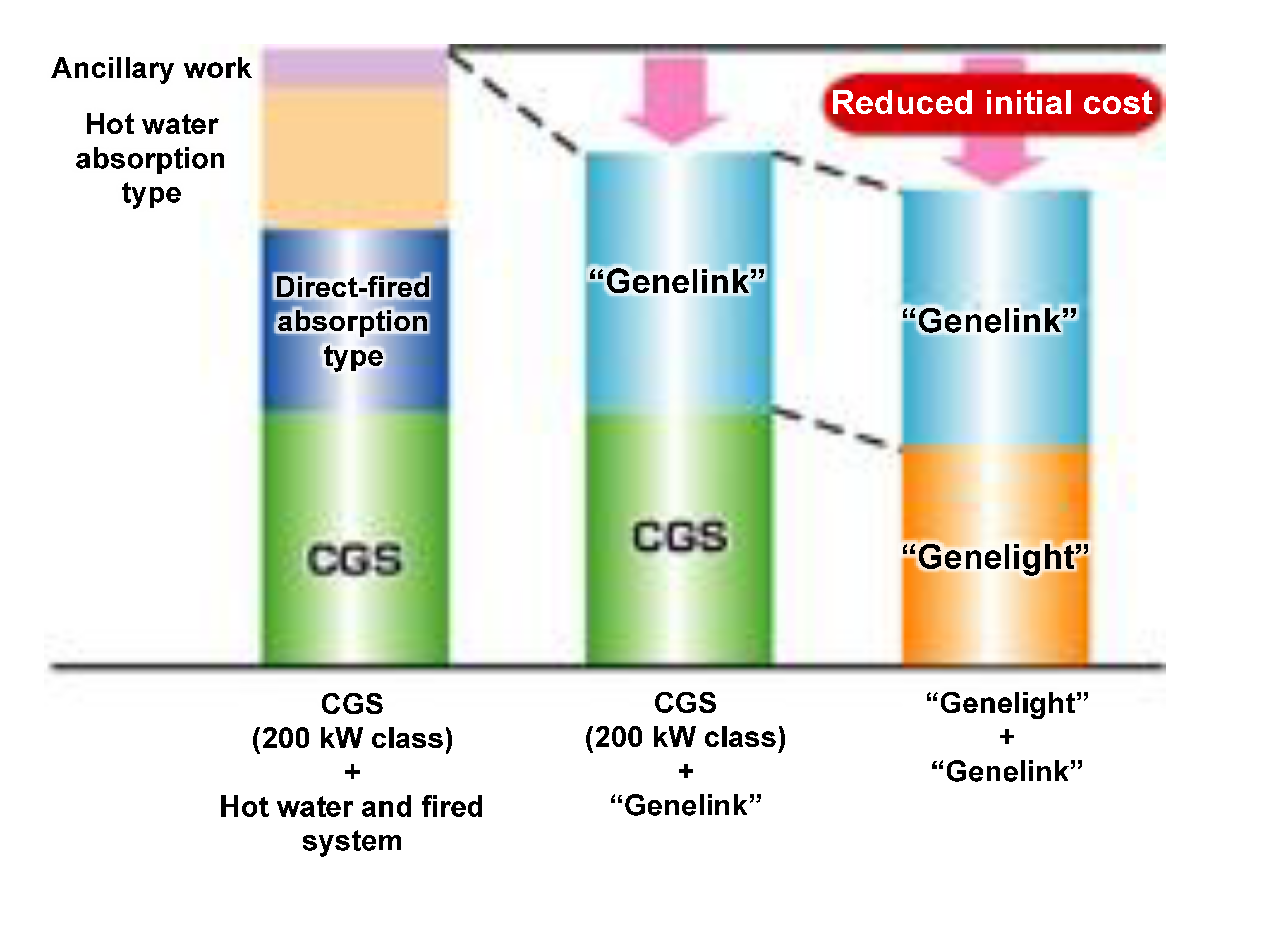
4.Space Saving
Using eight 25 kW “Genelight” units achieves approximately 50% space savings compared to a 200 kW class CGS.
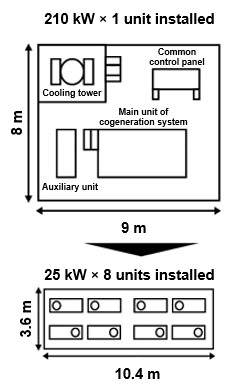
Related contents
TAG SEARCH
- Evolving residential gas appliances
- Evolving residential gas appliances Water heaters, space heaters, dryers Cooking appliances Smart Equipment Fuel Cell systems
- Evolving commercial and industrial gas appliances
- Evolving commercial and industrial gas appliances Cogeneration (CHP) units Air conditioning systems, kitchen appliances Bio, water treatment Industrial furnaces, burners Energy management, IoT
- Enhancing the safety and economic efficiency of LNG regasification
- Enhancing the safety and economic efficiency of LNG regasification Utilization of cold energy Plant materials Power generation technology
- Developing next-generation businesses through enterprising initiatives
- Developing next-generation businesses through enterprising initiatives Materials development Measurement Simulation, data analysis Food science Material evaluation
- Contributing to conserving the environment and achieving a carbon neutral society
- Contributing to conserving the environment and achieving a carbon neutral society Methanation Hydrogen, ammonia Biogas Energy management Renewable Energy
- Technologies of Group companies
- KRI, Inc. Osaka Gas Chemicals Group OGIS-RI Group




